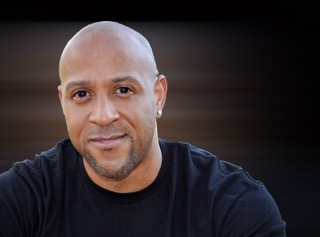October is here and that means Squatober is in full swing. Should your athletes join the party?
The squat is without a doubt one of the most valuable exercises you can include in your athletes’ program. It has even been called the “king” of lower body movements due to its massive contributions to strength and power. Squatting develops the quads, glutes, hamstrings, and the athlete’s power center, the core. In many coaching circles it is not whether athletes should squat but how they do it.
Back Squat vs Front Squat
While both versions can be included in great strength and power programming, each has unique benefits to consider.
Front Squats can be advantageous for overhead athletes as they cause less stress on the shoulders by placing the shoulders in a safer position. The front squat should be a staple in all baseball, softball, and volleyball athletes’ programming. The movement is also a great transition point for Olympic lifting.
Yet, while front squats can be amazingly beneficial, they do present a mobility challenge for beginners. This leads to the lifter being unable to accommodate as much load until the optimal technique is acquired.
Back squats are usually the go-to for athletes, as they allow the athlete to load up with a heavier load. They also allow the lifter to load the hips for more effective use of hip extension—directly correlating with vertical power improvement.
How to Prepare for Squatober
A couple tips that can improve your back squat:
- Lift the bar to create a “shelf” for the bar using the upper back and shoulder muscles.
- Novice athletes can have trouble balancing the bar whether in a low or high bar position. It is important that they learn this technique to keep the bar balance, so technique doesn’t suffer as a result of faulty bar placement.
- The Gopher Buffalo Bar is a popular item for any facility as it curved to be more comfortable for the athlete in the act of back squatting.
- Hold the chest up and out.
- With the load balanced on their backs, it is easy for athletes to excessively fold forward in a suitcase position. It is vital that we cue the athlete to view the squat as a vertically moving plank with flexion at the ankle’s knees and hips.
- Look forward or tilt the head slightly up.
- It is a common flaw for squatting athletes to tilt their heads up to look at the ceiling during squatting leading to inefficient technique. It is important that the athlete controls their head position throughout both the downward and upward phase of the squat.
A couple great squat variations to add into your athlete programs:
- Body weight squats
- TRX squats
- Goblet squats
While each type of squats has its differences, they both have their place in a well-balanced program. The ability to squat effectively can lead to improvements in mobility, lower body strength, and power. Learning to squat with great form and technique can deliver functional results for any athlete.




